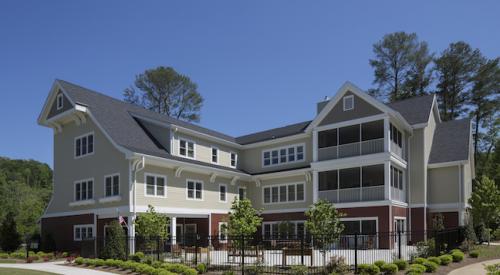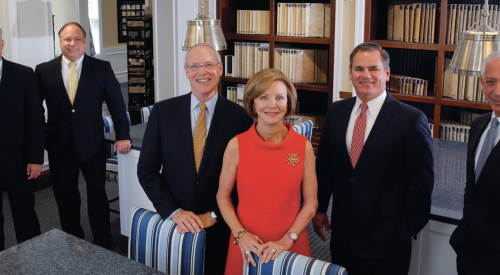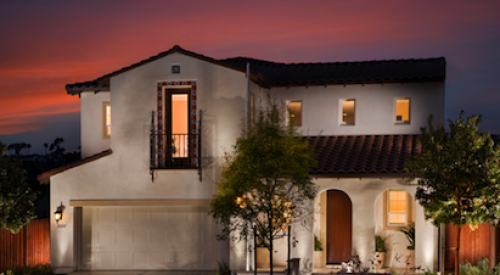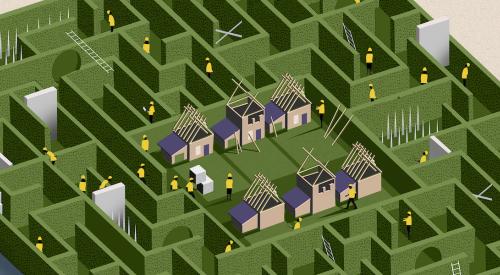| Heather McCune
|
So often in this business when we speak of community it is in reference to neighborhoods built, and how appropriate that is. More and more, today’s new home buyers are as interested in what surrounds the house as they are about what is inside it.
Creating a context, a community of new homes is getting increasingly challenging as political and planning realities more often than not dictate the ways the built environment must be. As senior editor Pat O’Toole explains in this month’s cover feature on page 42, the rules of suburbia are changing and not always in the ways builders and developers would desire.
However, the good news amid this ever-increasing regulation is that architects, builders, developers and land planners are designing communities that create the sense of place today’s buyers seek. It isn’t easy, but what’s best about this industry and its people is that no one is in it because it’s easy. Yes, there are moments when we complain about intrusive planning boards, long approval processes and the chorus chanting no new development, but we keep at it. We rework the land plan, alter the density and rethink open space. These things aren’t done only because some regulator says it must be so, but rather because of a fundamental belief that this exercise and our efforts will result in better homes and neighborhoods.
Physical neighborhoods are only one type of community our industry builds, and while certainly not easy to create, there is a procedure to their development. Another type of community altogether is taking shape around Fidelity Homes, the new home building company launched in January 2001 by Todd Menke and David Hunihan. Introduced in the February Professional Builder, the monthly series by senior editor Bill Lurz that detail the experiences of Todd and David as they begin their company has inspired countless readers. E-mails, letters and phone calls come to Todd and David, the consulting team and to us at PB as well.
One particular e-mail message touched each one of us. Before we even got into the message, the first clue that something significant was about to be said was the time stamp on the transmission — 12:47 a.m. Few insignificant messages are written in an office at that time of the morning. The sender was another startup home builder. His story, and that of his partner, is like a lot of yours: worked in his father’s home building company from the time he was 13; as a young adult worked for a subcontractor for a few years to learn a new local market; now at age 34 he was beginning his own business.
He told of the knowledge and skill he and his partner possess to build and produce quality homes. He wrote of the model his new company had built for a local parade of homes, "a beautiful home, 95 percent approval on exit polls." Finally, in closing, he asked of Todd and David:
"We need help. We believe in the type of company you have started, meaning the ideals and beliefs you have installed. It is the type of company we would be proud to develop. We just do not know where or how to start. Our advertising doesn’t seem to be working. … We are not salesmen, we are builders. If there is any information that may help us we would be more than grateful. Thank you for your time. I know it is a precious commodity."
Help is what he got — in droves. David Hunihan offered the first lifeline, his time and personal touch, to let this builder know he wasn’t alone in needing help. Myers Barnes, a sales consultant and HousingZone columnist stepped in next and offered suggestions on selling techniques and a wealth of information in several texts he has written on the subject. The list goes on and on.
This one call for help has created a community of lasting value for its ever-growing number of participants. It is a place to exchange ideas, a safe environment where fears and hopes can be shared, an incubator for those starting out or starting over.
This community stands in stark contrast to its physical counterpart: It gets better as it grows bigger, and all are invited in.












